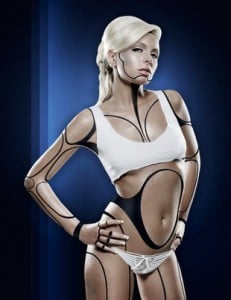Beyond expression, too much Botox may also impair emotion


According to research conducted by David Neal, a professor of psychology at USC in Los Angeles, and Tanya Chartrand, marketing and psychology professor at Duke in Durham, NC, those Botox injections don’t just dull your facial muscles, but they also dull your ability to read emotions in your best friend.
We’re all aware that too much Botox can make us appear expressionless and hard to read to others, but now it seems that Botox gets in the way of understanding your friend’s emotions too. (Talk about a double whammy!)
Here’s how it works: According to Neal and Chartrand, we naturally, and unconsciously, mimic facial expressions during conversations with others. That muscular feedback from the expressions we make, talks to our brains and helps us decide which emotions our friends are experiencing.
Thus, their hypothesis was that when Botox is injected into the face and freezes our muscles, it interferes with our ability to fully mimic expressions of others.
In the study, they compared two groups that underwent cosmetic procedures to remove facial wrinkles: one group had an injection that reduces muscular feedback (Botox group), and the other had a dermal filler that did not affect muscular feedback (control group).
Their results? “Emotion” was significantly impaired in the Botox group.
Though some of the Housewives’ husbands may find this perfectly okay (or highly desirable, as the case may be), it’s a valuable insight for the rest of us… unless you want to look and interact like a robot, it’s probably a good idea to back off (a little) on the Botox!
For more information:
David T. Neal and Tanya L. Chartrand. “Embodied Emotion Perception: Amplifying and Dampening Facial Feedback Modulates Emotion Perception Accuracy.” Social Psychological and Personality Science: epublished ahead of print, April 2011
DOI: 10.1177/1948550611406138










